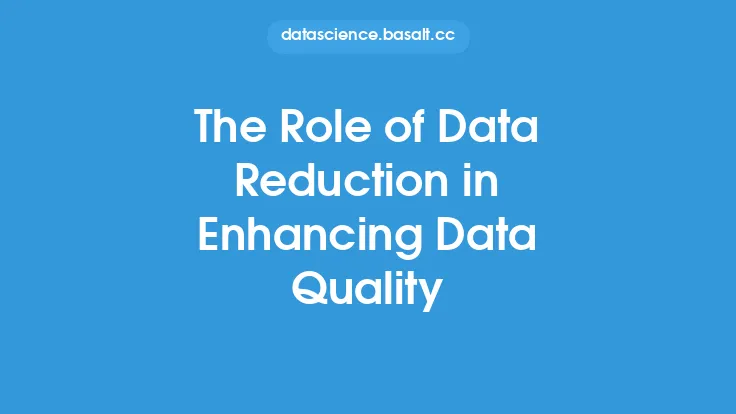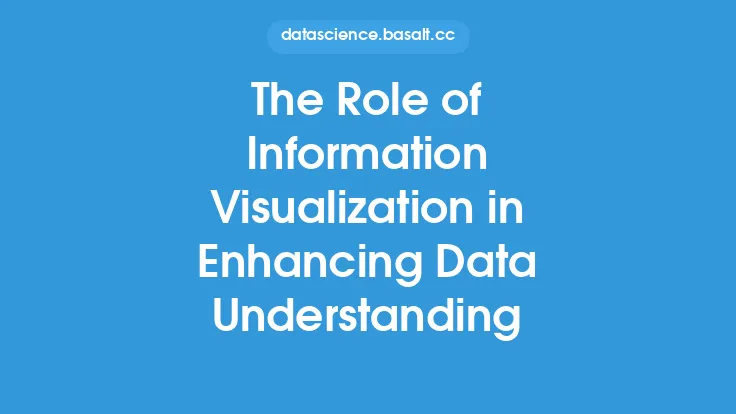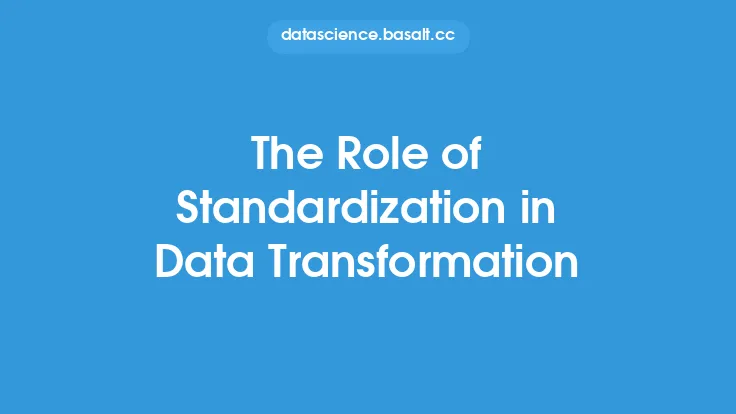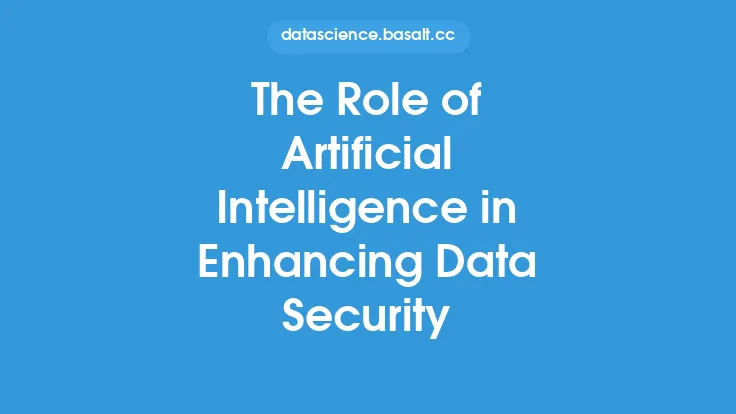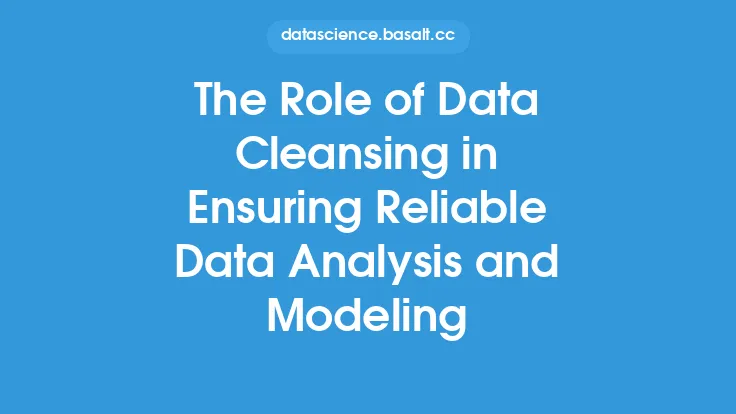Data transformation is a critical step in the data analysis process, as it enables organizations to convert raw data into a format that is suitable for analysis and insight generation. The primary goal of data transformation is to improve the quality, consistency, and reliability of the data, making it easier to analyze and extract valuable insights. In this article, we will delve into the role of data transformation in enhancing data analysis, exploring the various techniques, tools, and best practices involved in this process.
Introduction to Data Transformation
Data transformation involves a series of processes that aim to modify, manipulate, and reformat raw data into a more usable and meaningful format. This can include data cleaning, data normalization, data aggregation, and data feature engineering, among other techniques. The purpose of data transformation is to prepare the data for analysis, ensuring that it is accurate, complete, and consistent. By transforming the data, organizations can reduce errors, improve data quality, and increase the reliability of their analysis.
Data Transformation Techniques
There are several data transformation techniques that can be applied to enhance data analysis. These include:
- Data normalization: This involves scaling numeric data to a common range, usually between 0 and 1, to prevent differences in scales from affecting the analysis.
- Data aggregation: This involves combining multiple data points into a single value, such as calculating the mean or sum of a set of numbers.
- Data feature engineering: This involves creating new features or variables from existing ones, such as extracting relevant information from text data or creating new variables through mathematical transformations.
- Data cleaning: This involves identifying and correcting errors, inconsistencies, and missing values in the data.
- Data transformation using SQL: This involves using SQL queries to transform and manipulate data, such as aggregating data, creating new tables, and performing data cleaning.
Tools and Technologies for Data Transformation
There are several tools and technologies available for data transformation, including:
- Programming languages such as Python, R, and SQL, which provide a range of libraries and functions for data transformation.
- Data transformation software such as Excel, Tableau, and Power BI, which provide user-friendly interfaces for data manipulation and analysis.
- Big data technologies such as Hadoop, Spark, and NoSQL databases, which provide scalable and efficient solutions for large-scale data transformation.
- Cloud-based data transformation platforms such as AWS Glue, Google Cloud Dataflow, and Azure Data Factory, which provide fully managed services for data transformation and analysis.
Best Practices for Data Transformation
To ensure effective data transformation, it is essential to follow best practices such as:
- Documenting data transformation processes and workflows to ensure transparency and reproducibility.
- Validating data transformation results to ensure accuracy and consistency.
- Using data quality metrics to monitor and evaluate the effectiveness of data transformation.
- Implementing data governance policies to ensure data security, privacy, and compliance.
- Continuously monitoring and updating data transformation processes to adapt to changing data sources and analysis requirements.
Challenges and Limitations of Data Transformation
Despite the importance of data transformation, there are several challenges and limitations that organizations may face, including:
- Data quality issues: Poor data quality can make it difficult to transform data effectively, leading to errors and inconsistencies.
- Data complexity: Large and complex datasets can be challenging to transform, requiring significant computational resources and expertise.
- Data security and privacy: Data transformation may involve sensitive or confidential data, requiring careful handling and protection.
- Scalability: Data transformation processes may need to be scaled up or down to accommodate changing data volumes and analysis requirements.
- Interoperability: Data transformation may involve integrating data from different sources and systems, requiring careful handling of data formats and standards.
Future of Data Transformation
The future of data transformation is likely to be shaped by emerging trends and technologies such as:
- Artificial intelligence and machine learning: These technologies can be used to automate data transformation processes, improve data quality, and enhance analysis.
- Cloud computing: Cloud-based data transformation platforms can provide scalable, efficient, and cost-effective solutions for data transformation and analysis.
- Big data and IoT: The increasing volume and variety of data from IoT devices and other sources will require more advanced and scalable data transformation solutions.
- Data governance and compliance: The growing importance of data governance and compliance will require more rigorous and transparent data transformation processes.
Conclusion
In conclusion, data transformation is a critical step in the data analysis process, enabling organizations to convert raw data into a format that is suitable for analysis and insight generation. By applying various data transformation techniques, using appropriate tools and technologies, and following best practices, organizations can improve the quality, consistency, and reliability of their data, leading to more accurate and actionable insights. As data volumes and complexity continue to grow, the importance of data transformation will only continue to increase, driving the development of new technologies, tools, and methodologies to support this critical process.
